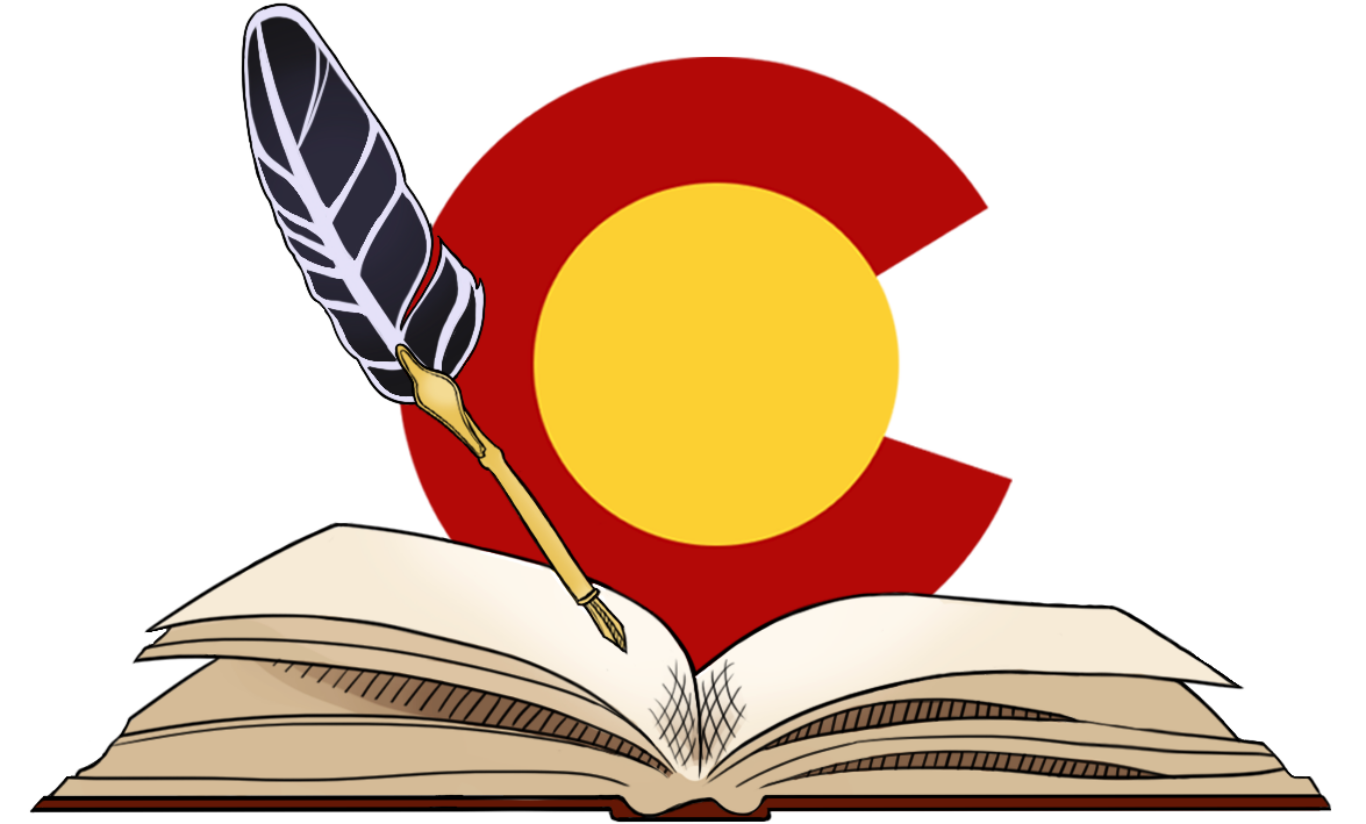by Jason Gelender
As of August 29, 2013, eleven Northeastern and Eastern Colorado counties (Cheyenne, Elbert, Kit Carson, Lincoln, Logan, Morgan, Phillips, Sedgwick, Washington, Weld, and Yuma) and Moffat County in the Northwestern corner of Colorado have expressed interest in seceding from Colorado and forming the new state of North Colorado. Ten of the counties will submit the following ballot question to their voters at the November, 2013 election:
“Shall the board of county commissioners of [county name] County, in concert with the county commissioners of other Colorado counties, pursue becoming the 51st state of the United States of America?”
Lincoln County and Morgan County have decided not to submit the 51st state ballot question.
This article summarizes the constitutional requirements for establishing the proposed new state of North Colorado within Colorado’s current boundaries.
Both the U.S. Congress and the Colorado General Assembly would need to approve the establishment of the new state of North Colorado. Article IV, section 3 (1) of the U.S. Constitution requires both the U.S. Congress and the legislature of every state that will lose territory to consent before a new state may be carved out of one or more existing states. Statewide voter approval would also probably be necessary because Article I of the Colorado Constitution specifies the current boundaries of Colorado and would, therefore, need to be amended to accurately reestablish new boundaries. Congress presumably could redefine the boundaries of Colorado in federal law and trump any conflicting state definition of those boundaries under the Supremacy Clause, Article VI, section 2 of the U.S. Constitution, but it seems highly unlikely that would occur.
Neither the U.S. nor the Colorado Constitution specifies a process for obtaining the required Congressional and state legislative approvals or the order in which the approvals must be obtained. Because there is no legal requirement that all of the territory of a state be connected, Moffat County’s geographic separation from the other nine geographically connected counties submitting the 51st state ballot question is not a legal barrier to its inclusion in North Colorado.
The 10 counties that are submitting the 51st state ballot question seem to view countywide voter approval as a precondition to seeking the required approvals from Congress and the General Assembly. But neither the U.S. Constitution nor the Colorado Constitution actually require countywide votes. While approval of a countywide ballot question would indicate popular support for the establishment of North Colorado, it would not alter or fulfill the Congressional and state legislative approval requirements or have any other legal effect.
Assuming that establishing North Colorado requires statewide voter approval, the General Assembly could seek this approval by adopting a concurrent resolution (by a vote of two-thirds of the members of each house of the General Assembly) that submits to the voters an amendment to Article I of the Colorado Constitution to redefine Colorado’s boundaries and acknowledge the establishment of North Colorado. If the General Assembly were to submit the amendment to the voters before Congress approves the establishment of North Colorado, the amendment would be drafted to take effect only if Congress grants that approval.
Alternatively, interested citizens could directly submit a statewide ballot issue to the voters via the initiative process, but the General Assembly would still have to separately vote to approve the establishment of North Colorado. Because the U.S. Constitution does not require the Governor of an existing state to consent to the formation of a new state from its territory, the General Assembly could give the required consent in this situation by enacting either a joint resolution, which does not require the Governor’s approval, or a regular bill.
